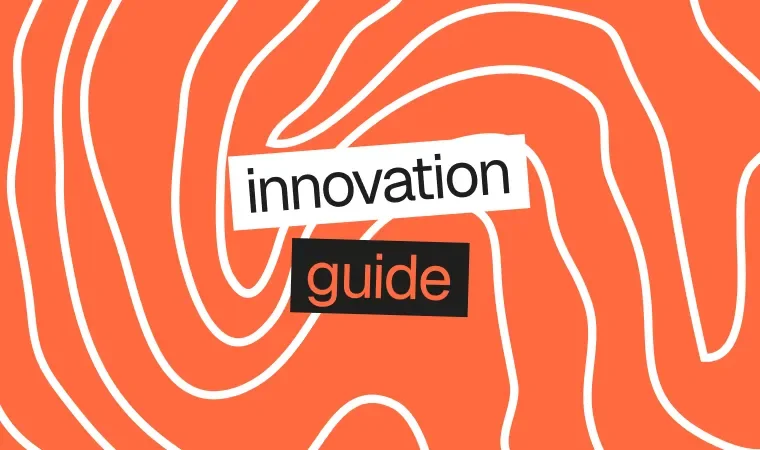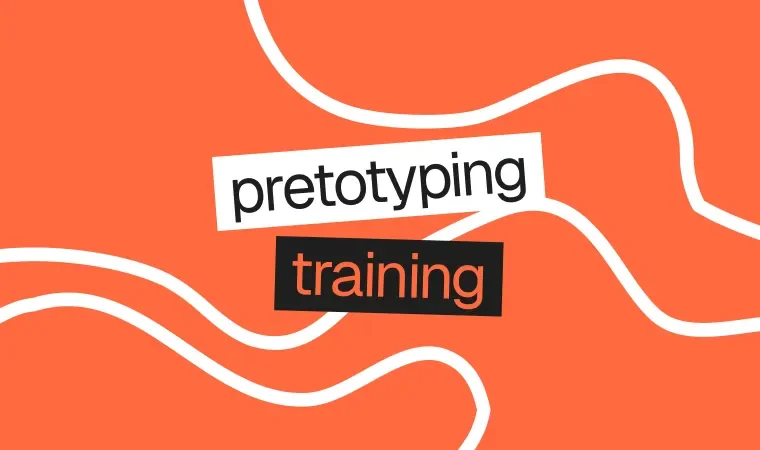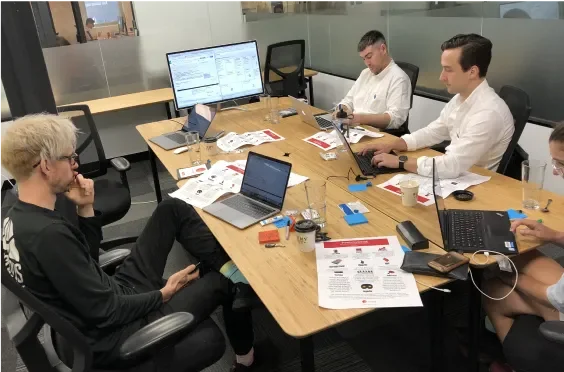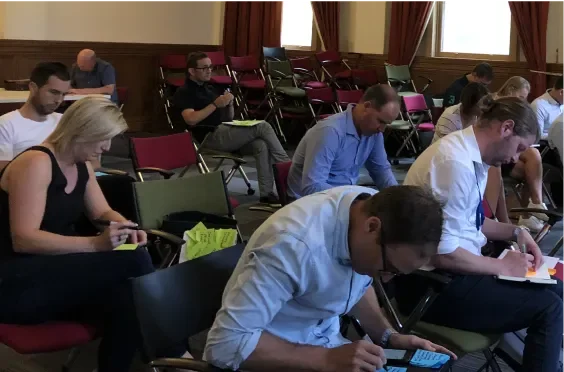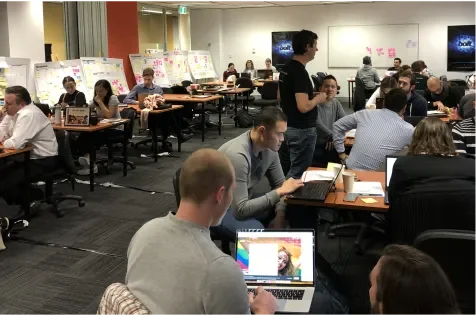What is Pretotyping and
why does it work?
We’re glad you asked. Because in our experience, Pretotyping is a
fast track to successful innovation cultures and better results.
Pretotyping asks what should we build?
What could we build?
Validate with customer data
How will we build it?
Human-centered design & design thinking
Pretotyping is the missing step
before prototyping, saving
organisations millions and fast
tracking winning ideas.
Lean / agile
Created at Google.
Perfected at Stanford.
Trusted globally.
THE CHALLENGE
Pretotyping tests what customers
actually do (not what they say)
Pretotyping is a proven experimentation method that tests ideas early and quickly, so you know what to shelve and what to build. It was created by Alberto Savoia – an Exponentially adviser and supporter – and is used by Lego, P&G, IKEA and many more leading organisations.
Pretotyping is not about customer surveys, focus groups or voting. Instead, it follows a scientific method to test ideas by:
1. Creating a hypothesis
2. Running an experiment to test it with real customer data
3. Designing another experiment to test a revised hypothesis
4. Repeating until you have enough data to know the idea will/won’t work
Experiments that you run during this process involve getting the idea into the market without building it. You might run ads, create a landing page, send an email campaign, or mock up a physical product – in other words, cost-efficient activities that gather real data about what customers will do (not what they say they’ll do or what you think).
Pretotyping is a rigorous process that de-risks innovation by allowing you to discover which ideas will work and which ones will fail, before you invest in building them.
PRETOTYPING RESOURCES
Learn about Pretotyping via
articles, guides and training
PRETOTYPING COMMUNITY
Join our Pretotyping community
Join our Pretotyping community, Fast Track, where innovators from around the world connect to share ideas, ask questions and learn from each other.
We also share the latest news and thought leadership on innovation and Pretotyping.
"We can pick out ideas that we know have a better chance of success, and we are able to reduce so much wasted investment. Think about all the costs that go into executing projects that don’t end up delivering the outcomes that you wanted. We’ve struggled with this over the years, and this is exactly why rapid experimentation is the answer."
Professor Ian Anderson
Deputy Vice Chancellor, Australian National University
Education
"The Pretotyping course and rapid experimentation saved our organisation $200,000 before lunchtime on day 2! This should be BAU in every leading organisation."
Dan Roesler
Executive Manager and Customer Assets, PEXA
Digital conveyancing






